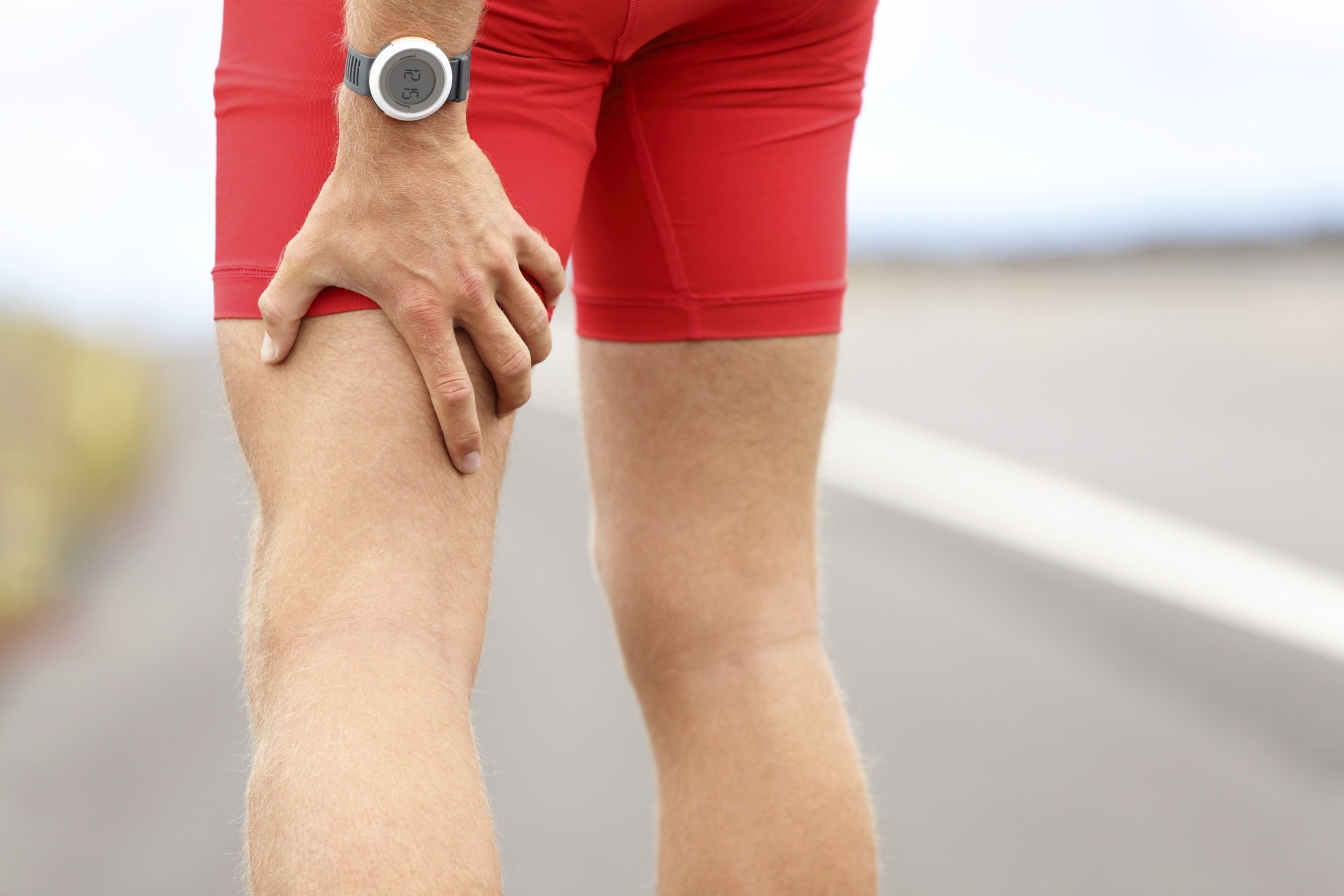
Soft Tissue Injuries: Sprains, Strains and Tendinopathy
Sprains: ligaments and Joint Capsules
Ligaments attach one bone to another and stabilise your joints. A sprain involves small tears or micro-trauma of your ligaments and joint capsule. A grade 1 sprain involves tearing of a few fibres, grade 2 involves a good proportion of fibres, and a grade 3 sprain is a complete tear. Grade 3 injuries or partial-complete tendon tears require consultation with a medical doctor.
Strains And Muscle Injuries
Strains: Muscles, Tendons and Bursae
Muscle injuries can be strains or tears also, and the degree of injury is graded as above. Tendons attach your muscles to bones. Complete or partial tears can occur in tendons even without obvious trauma, usually in tendons where the blood supply is naturally less. Examples are your achilles and supraspinatus tendons. The supraspinatus tendon is part of the rotator cuff musculature of the shoulder joint. Degeneration of the collagen of the tendon can develop in response to chronic overuse and is called tendinopathy.
A bursa is a small fluid-filled sac usually situated between a bone and a tendon, and its role is to reduce friction. It can be prone to overuse friction injuries. A common example is trochanteric bursitis on the outer side of your hip.
Client Testimonial
“ I was having problems with tendonitis in both ankles. After the first treatment I noticed some improvement, and after weekly and then monthly visits, the pain on the top of my feet had improved considerably and the tendonitis was a lot better.”
-Louise W.
Accelerate Your Recovery
For decades, the first line of defence for the first 48 hours of soft tissues injuries treatment has been RICE – Rest, Ice, Compression and Elevation. Icing injured tissue shuts off the blood supply that brings in healing cells. Research shows that ice doesn’t increase your healing – it may actually delay it. Muscle injury treatment and sprain injury treatment require the immune system to respond by sending inflammatory cells or macrophages to the scene. Once there, these cells release a growth factor that helps the damaged tissue rebuild, repair and heal. Lack of good circulation can result in tissue death and cause nerve damage. Gentle appropriate exercise within the first 48-72 hours improves blood flow and helps your immune response. Osteopathic soft tissue injury treatment can accelerate your recovery, reduce pain and swelling and get you up and moving quicker.
Soft Tissue Injury Treatment The Osteopathic Way
How can osteopathy help in ankle sprain treatment?
In a sprained and swollen ankle, the junction of 3 bones in the ankle/foot commonly injured is called the sinus tarsi. This acts like the drain hole of the sink. When the respective bones are realigned, the veins in this area can drain the swelling. Lymphatic drainage techniques can be used. (see: OMT)
We evaluate the spinal segments of your lower back to ensure good nerve supply to your ankle and surrounding injured muscles. (see: OMT)
If weightbearing through your injured leg is compromised, the altered walking pattern can impact your pelvis and hip flexor muscles. The kidneys are positioned to move on your hip flexors like a train on a track. Visceral manipulation techniques can help mobility of the kidneys which will assist pelvic realignment. (see: Visceral Manipulation)
Craniosacral techniques help with whole body circulation, calm the nervous system and facilitate healing. Release of the frontal bone in your head, in particular, has a relationship with the position of your talus, an ankle bone.
If your talus is stuck forwards, which is common in an ankle sprain, it is difficult to flex your ankle when walking and climbing stairs. (see: Craniosacral Therapy)
Movement is medicine. Your body is not designed for prolonged rest, it is designed to move. Movement is important but the right dose is critical, once healing has progressed. Exercise is indicated to retrain the balance receptors in your injured ligaments and tendons. It’s also important to retrain muscle patterning so that the injury does not recur, and to strengthen weak muscles and lengthen tight tissues.
Client Testimonial
“ I was on a waiting list for a knee arthroscopy. After 2 visits with my osteopathic practitioner I finally received a call from my surgeon’s office to schedule my surgery date. I postponed the arthroscopy as I told them I found someone I believed would be able to help me. I never did call back to reschedule.”
-Margaret P.







